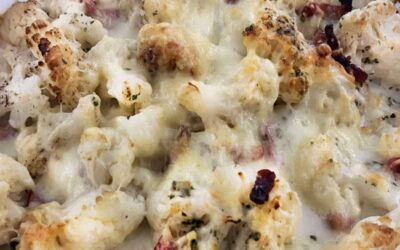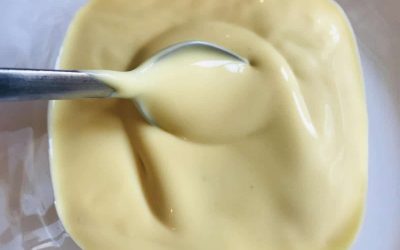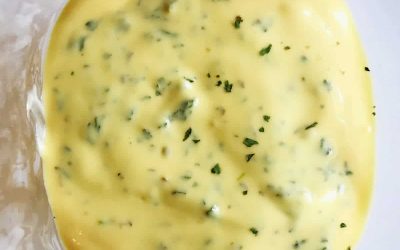This Recipe includes
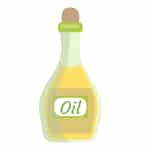
| Olive oil |

| Egg yolks |

| Cayenne pepper |
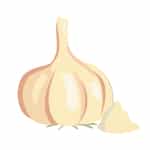
| Garlic |
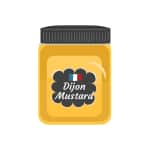
| Dijon mustard |

| Red chillies |

| Pinch of saffron |
Why we love it
French cuisine is not particularly known for its spiciness. The rouille sauce from Provence, however, is the exception. Sometimes called the French version of hot sauce, the rouille is a fast, no-cook sauce that adds serious flavor to everything from meat and vegetables, to sandwiches and seafood.
The rouille is a spicy mayonnaise made with olive oil, garlic, saffron, and cayenne pepper. One of the famous French sauces, it is somewhat similar to aioli sauce which is also from Provence, but is more spicy.
In the South of France in Marseille, it is usually served with bouillabaisse (a fish stew) but it really can be used as a quick and easy spicy condiment that will add a kick to just about any dish.
Difference between Rouille, Aioli, and Other Sauces
The rouille sauce is a derivative of the hollandaise sauce, which is one of the 5 French mother sauces. To compare the two sauces:
- Hollandaise: sauce made from egg yolks, melted butter, and lemon juice.
- Rouille: spicy sauce made with egg yolks, olive oil, mustard, garlic, saffron, and cayenne pepper.
Both the hollandaise and rouille sauces can go with a variety of dishes including meat and fish. The Hollandaise is more discreet and creamier in taste, using a reduction of lemon juice, while the rouille is a spicy sauce using cayenne pepper and a strong garlic taste.
There are other similar sauces as well, that are all variations of the sauces:
- Aioli: sauce made from garlic, egg yolks, olive oil, lemon juice, and mustard.
- Béarnaise: sauce made from egg yolk, butter, white wine vinegar, and herbs.
- Tartare: sauce made from egg yolk, chopped pickles, capers and herbs such as tarragon and dill.
What to serve with it?
Rouille is usually served with bouillabaisse, but you can also serve it as a sauce to accompany meat, grilled fish, or potatoes.
As a sauce, it can go with just about any apéro finger foods from french fries and charcuterie, to escargot. As a simple idea, serve it with pain complet country bread, or baguette.
In a traditional bouillabaisse restaurant, the rouille mayonnaise is usually served in a small individual dipping bowl on the side of the plate.
Diners will then spread it on thick slices of pain complet country bread that has been rubbed with garlic. These pieces of bread usually sit on top of the soup, similar to the French onion soup.

What drinks to serve with it?
When it comes to drinks, the rouille can be served with rosé wine as a light and refreshing counterpoint. A light rosé from Côtes de Provence will go perfectly. You can read more about French wines here.

How to store it?
Since it contains egg yolks, rouille sauce cannot be frozen as it will develop bacteria. (Some websites will tell you it is possible, but there is a long list of requirements in order to stop it from spoiling and to avoid getting sick. I prefer not to take the chance.)
Fresh is what will taste best, but you can however prepare it a day or so in advance and keep it in the fridge.


French Rouille Sauce
Equipment
Ingredients
- 8 cloves of crushed garlic
- 2 red chillies
- 2 egg yolks
- 25 cl 1 cup of olive oil
- 1 tablespoon of dijon mustard
- pinch of saffron
- pinch of cayenne pepper
Instructions
- Peel all the garlic.
- Crush the garlic, chilli, and saffron together in a mortar with a pestle. `
- In a bowl, whisk in the egg yolks and gradually add the olive oil until you make a mayonnaise-like sauce.
- Add in the crushed garlic, chilli, saffron, cayenne pepper and dijon mustard, as you mix and whisk.
- Set aside once the rouille is smooth and serve when ready.
Notes
Nutrition
Please note: We are not certified nutritionists and these estimates are approximate. Each individual’s dietary needs and restrictions are unique to the individual.
You are ultimately responsible for all decisions pertaining to your health. This website is written and produced for entertainment purposes only.

If you enjoyed that, check out our other classic French recipes that are easy to prepare. Bon appétit and à bientôt !


